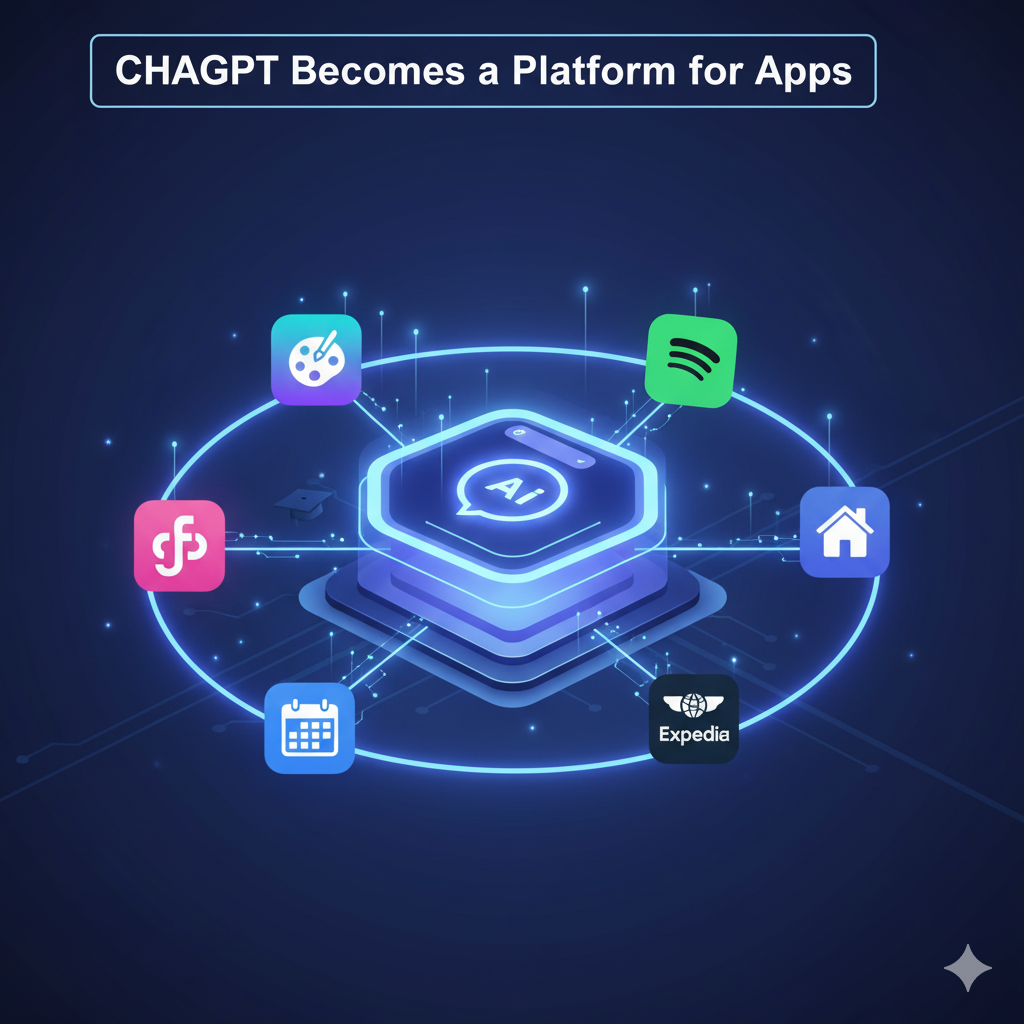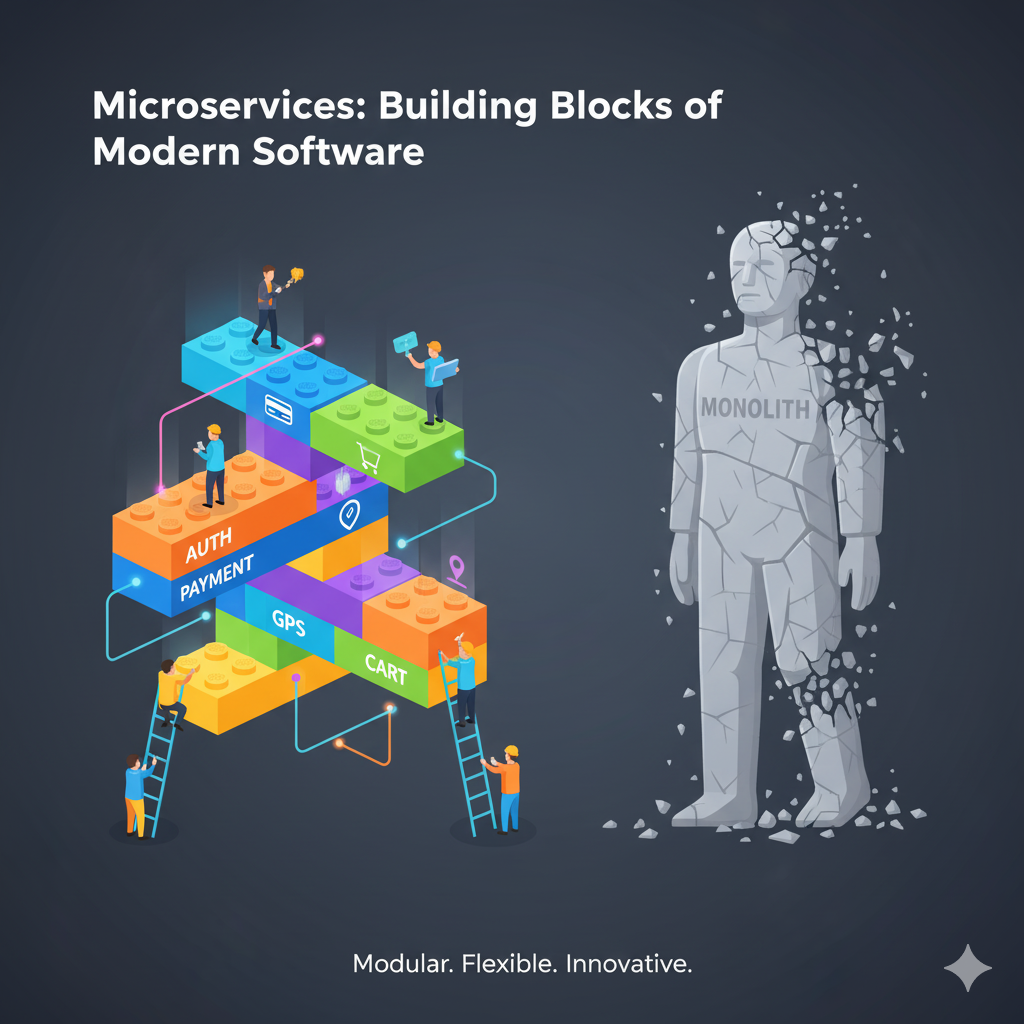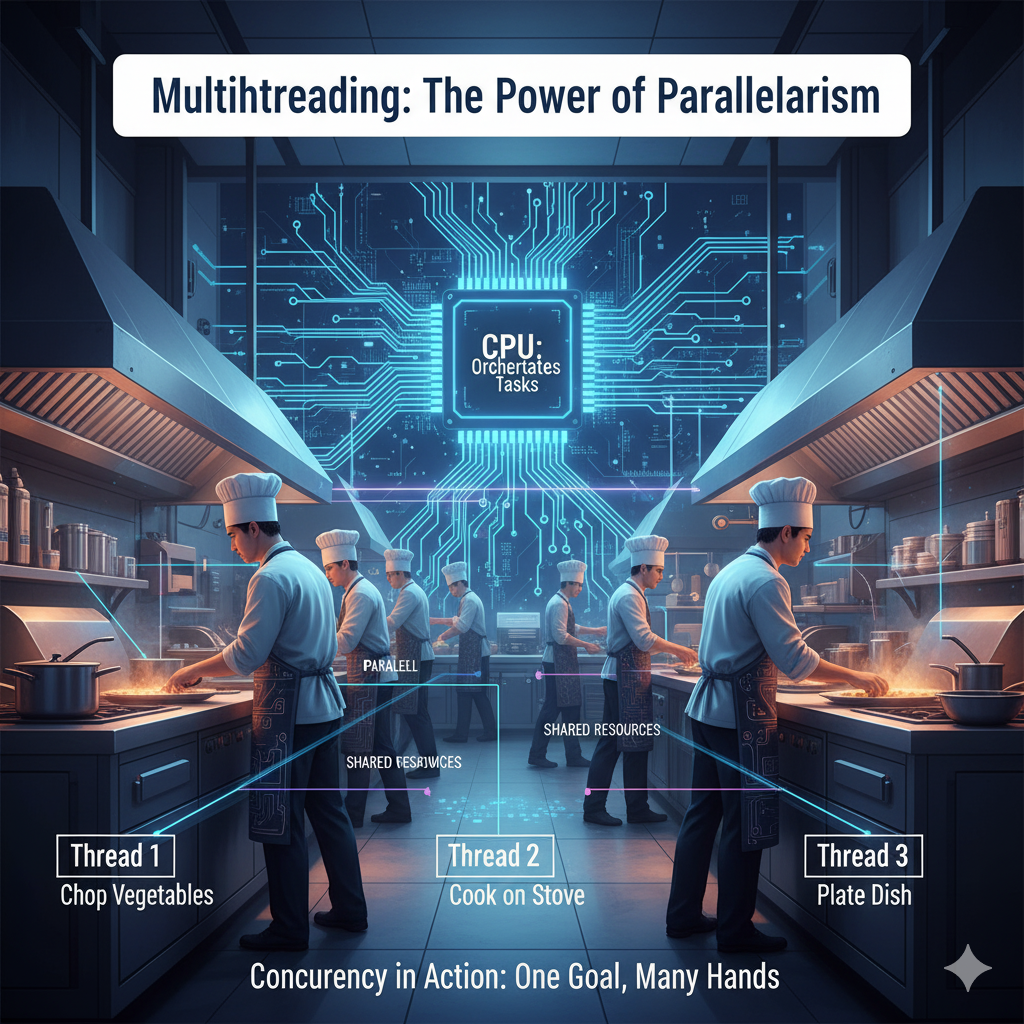The Spotlight
OpenAI’s DevDay 2025: Introducing apps in ChatGPT and the new Apps SDK
OpenAI has just turned ChatGPT into a platform where apps can reside within the chat. Users can interact with a set of limited apps directly within ChatGPT using MCP connectors.
Think Canva, Spotify, Figma, Coursera, Booking, Zillow and Expedia that you can call by name during a conversation, with an Apps SDK for developers to build their own.
Some believe this is a step towards monetising OpenAI's massive free user base, potentially by earning a finder's fee by referring users to certain products and platforms.
Open AI DevDay
The News
Anthropic plans to open India office, eyes tie-up with billionaire Ambani
Anthropic co-founder and CEO Dario Amodei is in India this week, with plans to set up an office in Bengaluru and explore a partnership with Mukesh Ambani’s Reliance Industries and is expected to meet Prime Minister Narendra Modi.
Read more
----------------------------
AMD stock skyrockets 23% as OpenAI looks to take stake in AI chipmaker
OpenAI will deploy 6 gigawatts of AMD Instinct GPUs over multiple years, starting with 1 gigawatt in late 2026. If the deal is fully exercised, OpenAI would acquire 10% of AMD.
Read more
----------------------------
Introducing AgentKit
OpenAI launched Agent Builder, which is a visual drag-and-drop canva for building agents, ChatKit for embedding chat interfaces, evaluation tools including trace grading and automated prompt optimization, and a connector registry for linking internal tools.
know more
The Toolkit
Junie: Make coding productive and enjoyable with an AI agent, explain your task, let Junie collect the context, write code and run tests for you.
Try it out!
Powerdrill Bloom: AI-first data analysis and visualization platform designed to make data exploration and reporting more intuitive.
Explore!
Try it out!
The Topic
The Quick Bytes
-
Up to 78% of companies now actively use AI; generative and agentic AI now core business tech. — source
- Deloitte is rolling out Anthropic's Claude to more than 470,000 employees across 150 countries, Anthropic's largest deployment yet
- ElevenLabs introduced Agent Workflows, a visual tool that routes conversations to specialized Subagents for handling complex scenarios.
-
A user connected Claude with Blender, and it’s now generating creative 3D scenes automatically.
- Microsoft Copilot Studio Wave 2 plans to release agent orchestration & workflow automation by March 2026. — source
The Resources
-
[Anthropic Research] Building AI for cyber defenders: AI models are now useful for cybersecurity tasks in practice, not just theory. Read more
- [Research paper] Beyond the Hype: A Comprehensive Review of Current Trends in Generative AI Research, Teaching Practices, and Tools. Read more
- [Framework] ShinkaEvolve: : Evolving New Algorithms with LLMs, Orders of Magnitude More Efficiently Know more
The Concept
Multithreading
Ever wonder how your computer can stream music, download a file, and let you browse the web all at once without grinding to a halt? The secret is Multithreading, a technique that allows a single program to perform multiple tasks concurrently. Instead of tackling a long to-do list one item at a time, it smartly divides the work among multiple "threads" that run in parallel.
Think of it like a busy restaurant kitchen. Instead of one chef doing everything—chopping vegetables, cooking the main course, and plating the dessert in sequence—the kitchen has multiple chefs working simultaneously. One chops, another cooks, and a third plates. Each chef is a thread, a smaller task within the overall process of making a meal. By working in parallel, they get the food out to the customer exponentially faster. This is exactly how multithreading makes your software feel so responsive and fast.
This "juggling" act is revolutionary because it allows an application to remain responsive. A background thread can handle a heavy, time-consuming task (like saving a large file) while the main thread remains free to respond to your clicks and keystrokes. By breaking a process into smaller, concurrent threads, you create a system that is faster, more efficient, and delivers a seamless user experience.
Thank you for reading The TechX Newsletter!




